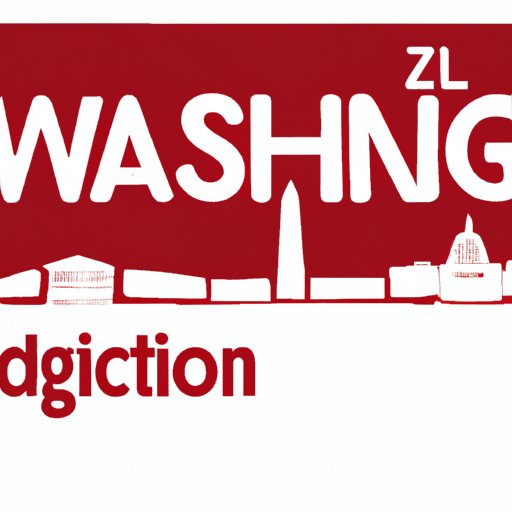Introduction
Washington D.C. has been the capital of the United States for over 200 years, and yet it remains unique as a non-state territory. While many Americans may not give much thought to D.C.’s status, the issue of statehood has significant implications for D.C. residents and for political representation more broadly. This article will dive into the historical, political, legal, and practical issues surrounding D.C.’s statehood status, and will explore the efforts to change this status in recent years.
Historical Context
Washington D.C. was established as the capital of the United States in 1790. At the time, the area was a combination of Maryland and Virginia land, and Congress had the power to govern the district directly. However, a significant shift occurred in the mid-1800s when the population of D.C. began to grow rapidly. The residents of the district began to call for greater political representation, and Congress responded in 1871 by granting the district limited self-government and the ability to elect its own officials.
However, this newfound autonomy did not last long. In 1874, Congress reversed its decision and revoked D.C.’s self-government, citing concerns about corruption and mismanagement. From that point forward, D.C. residents had no representation in Congress and would not have any meaningful self-governance until the passage of the Home Rule Act in 1973.
Political Implications
The question of statehood for D.C. is a highly political one, with supporters and opponents on both sides of the issue. Opponents of statehood argue that giving D.C. full statehood would be unfair to other states, as the district is just a small area and does not have the same level of population or economic activity as other states. They also express concern that statehood for D.C. would create a Democratic stronghold in Congress, as D.C. is a heavily Democratic area.
On the other hand, supporters of statehood argue that the residents of D.C. are being denied their basic rights of representation and self-governance. They point out that the district has a larger population than several states, and that its residents pay federal taxes just like other Americans. They also argue that statehood would not necessarily create a partisan stronghold, as other states with Democratic majorities have elected Republican governors and senators in the past.
Legal and Constitutional Issues
The issue of D.C.’s statehood status is not just a political one – it is also a legal and constitutional one. The U.S. Constitution grants Congress the power to govern the “seat of the government of the United States,” which is currently interpreted to include Washington D.C. This means that any change to the district’s status would require a constitutional amendment or Congressional action.
Some opponents of statehood argue that the founders intended for the district to be separate from the rest of the country, in order to prevent any one state from having undue influence over the government. However, supporters of statehood argue that the founders could not have foreseen the current situation, and that D.C. residents should not be denied their basic rights as Americans.
Impact on Residents
One of the most significant impacts of D.C.’s non-state status is the lack of representation in Congress. While the district does have a non-voting delegate in the House of Representatives, that delegate does not have the power to vote on legislation. This means that D.C. residents have no say in the laws that are passed by the federal government, despite paying federal taxes and serving in the military.
D.C.’s non-state status also impacts its residents in other ways. For example, the district is not able to levy a municipal income tax, which means that it relies heavily on federal funds for basic services such as education and healthcare. Additionally, because D.C. is not a state, its residents are not eligible for certain federal programs and benefits that are available to residents of states.
Comparison to Other Territories
Washington D.C. is not the only U.S. territory that is not a state – Puerto Rico, Guam, the U.S. Virgin Islands, and the Northern Mariana Islands are also in this category. However, there are significant differences between these territories and D.C. For example, Puerto Rico has a larger population than D.C. and has been granted greater autonomy in recent years, including the ability to elect its own governor. On the other hand, D.C. has a much larger economy than the other territories and pays much higher taxes to the federal government.
Current Efforts Towards Statehood
In recent years, there have been significant efforts to push for statehood for D.C. In 2016, a referendum was held in the district in which 86% of voters supported statehood. In 2020, the House of Representatives passed a bill that would grant D.C. statehood, but the bill has yet to be taken up by the Senate.
Activists and lawmakers continue to push for statehood, arguing that D.C. residents deserve the same rights and representation as other Americans. However, the issue remains highly contentious and it is unclear when or if D.C. will ever achieve statehood.
Conclusion
Washington D.C.’s non-state status has a long and complex history, and the issue of statehood has significant implications for the district’s residents and for the country as a whole. While opponents of statehood argue that it would be unfair to other states and could create partisan issues, supporters argue that D.C. residents deserve the same rights and representation as other Americans. As the debate continues, it will be important to consider the legal, political, and practical issues at stake and to find a solution that works for everyone.
